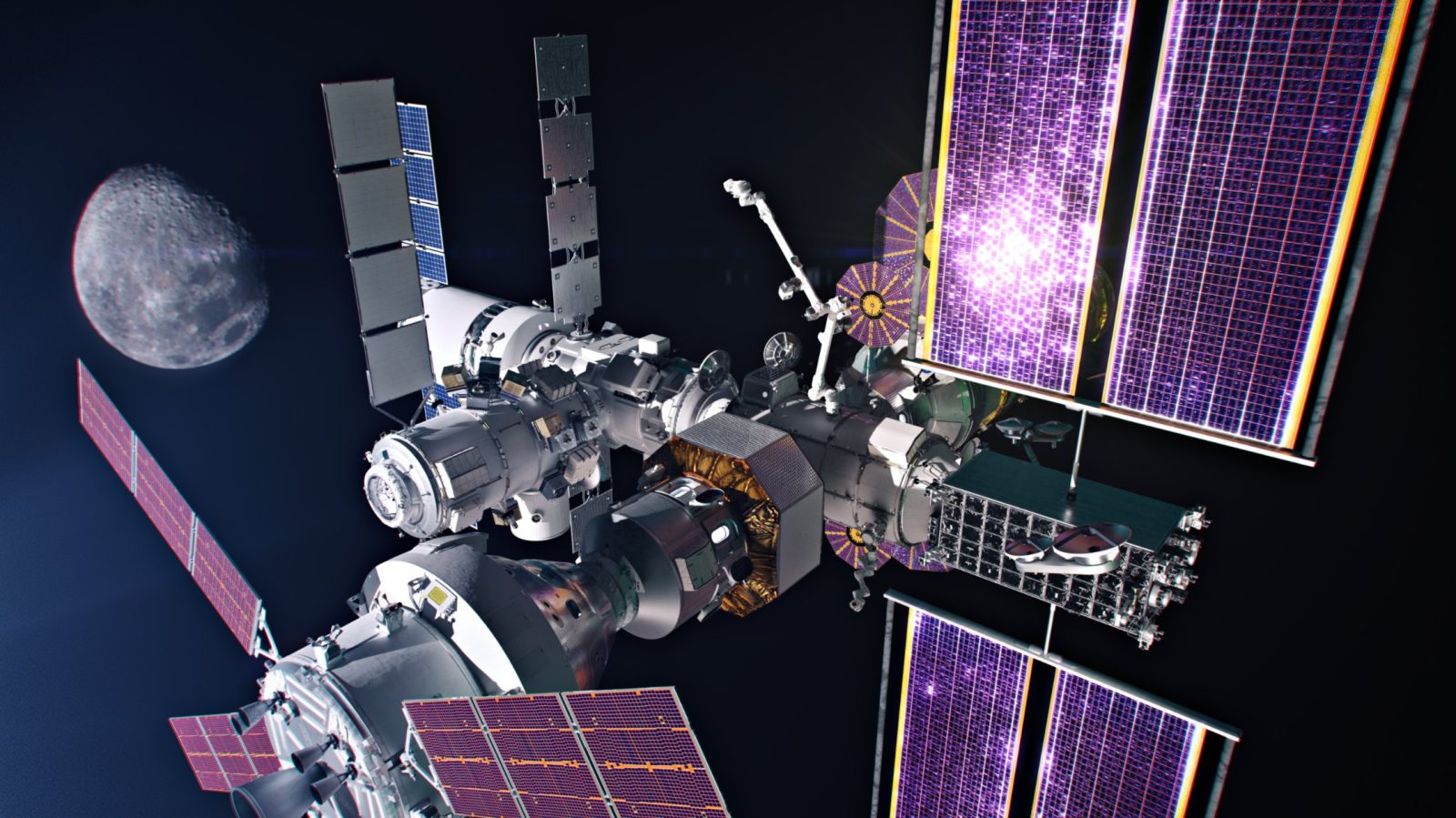
NASA’s Lunar Gateway program represents a pivotal initiative under the agency’s leadership, aimed at facilitating sustainable human and robotic exploration of the Moon and Mars. This program is characterized by its emphasis on international and commercial partnerships, establishing a strategic outpost orbiting Earth’s nearest celestial neighbor to support scientific research, lunar surface expeditions, and deeper space ventures.
Central to the program is the collaboration with key international partners, including the Canadian Space Agency, the European Space Agency, the Japan Aerospace Exploration Agency, and the Mohammed Bin Rashid Space Centre from the United Arab Emirates. Each partner contributes specific technologies and systems essential for the operation and sustainability of the space station. For instance, Canada is tasked with providing advanced robotics, while ESA contributes a habitation module and a refueling module, underlining the integrated approach to developing Gateway’s infrastructure.
The architectural blueprint of the Lunar Gateway incorporates a modular design, facilitating phased construction and scalability. Two critical components, the Power and Propulsion Element (PPE) and the Habitation and Logistics Outpost (HALO), form the infrastructure’s backbone.
The PPE, developed by Maxar Technologies, supplies power and ensures communication capabilities, whereas HALO, developed by Northrop Grumman, offers a living and working environment for astronauts. This strategic approach to design ensures the adaptability and functionality of the Gateway as a multipurpose space station according to the agency. These two components are set to launch together atop a SpaceX Falcon Heavy rocket as soon as 2025.
Join our Discord Server: Join the community with forums and chatrooms about space!
Gateway’s operational objectives are multifaceted, extending from supporting Artemis lunar missions to advancing our understanding of space through scientific research. It serves as a command and control hub for lunar missions, facilitates high data rate communications to the lunar surface, and acts as a distribution point for solar power.
Moreover, the deep space outpost provides a platform for comprehensive studies on solar and cosmic radiation’s effects on human health and spacecraft systems, incorporating cutting-edge technology such as ESA’s Internal Dosimeter Array and the Heliophysics Environmental Radiation Measurement Experiment Suite.
Preparations for HALO and subsequent modules, including structural welding and the integration of various components, are underway, with significant progress being made toward ensuring the module’s readiness for deployment. Concurrently, ESA advances the design of the International Habitation module, focusing on critical systems like the Environmental Control and Life Support System, crucial for long-duration human habitation.
The Lunar Gateway is instrumental in NASA’s broader strategy for deep space exploration, marking a significant step toward a sustained human presence on and around the Moon and preparing the groundwork for eventual human missions to Mars. Through the combined efforts of NASA and its international and commercial partners, the project seeks a forward-thinking approach to space exploration, emphasizing collaboration, innovation, and scientific inquiry.
FTC: We use income earning auto affiliate links. More.




Comments